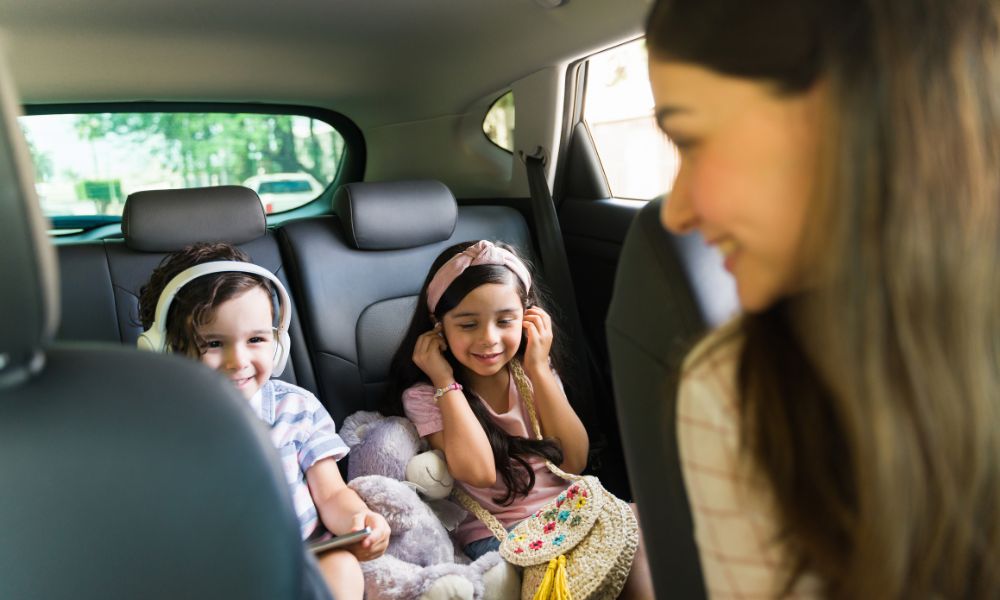Many neurodivergent children struggle with sensory issues, especially those with ADHD and autism. This can make riding in the car difficult, as there’s a great deal of unfamiliar sensory input involved. However, never riding in a car isn’t a solution. Saying that your child can never ride in a car will limit them in the future.
Instead, it’s important to learn how to accommodate your child. Here are some tips to reduce sensory issues for kids during car rides.
Ask Them What They Need
If your child is old enough, they may be able to tell you what they need and what’s bothering them. Remember to be patient, though. Many people with autism struggle to analyze their own feelings and bodily sensations, which can make it difficult to pick out what’s making them feel bad.
Common problems with the car are vibrations, road noises, sudden or winding turns, motion sickness, and lack of airflow. All of these issues can be overstimulating on their own, let alone all together. Mitigating as many of these as possible will make it easier for your child to ride in the car.
However, it’s important to listen to what they need, as there may be other issues they’re experiencing. Believe your child, even if you don’t notice what sound they’re talking about. Many neurodivergent people have a higher hearing range than neurotypicals—if your child says the light is making a high-pitched whine, it probably is.
Lessen Sensory Input
Next, you’ll need to minimize sensory input wherever possible. For the bright sunlight, try adding window shades or giving your kiddo dark sunglasses. Noise-canceling headphones or earbuds can help muffle any road noise.
If your backseat doesn’t have much airflow, crack a window on nice days or invest in a small fan. This will help your child if they often get overstimulated from heat.
If the vibrations are a problem, seat covers may help. There are many different durable seat cover materials, but be sure to choose a texture that your child likes. Otherwise, the bad texture could make their sensory issues worse.
Provide Positive Sensory Input (if Desired)
Some neurodivergent kids are sensory avoidant, meaning they generally prefer as little stimulation and sensory input as possible. However, others are sensory seeking; they crave large amounts of stimulus and sensory input in a controlled way. These are the kids that you’ll find listening to loud music and stim dancing in their rooms as they get older!
If your kid wants other stimulation, providing that can help distract them from the car ride. Stim toys like soft fabrics or pop toys can be a good option. Playing music over their noise-canceling headphones or listening to a podcast they like can also help them self-soothe.
As always, encourage stimming! Stimming is one of the best ways for kids with autism to regulate their emotions. Whether their stims look like hand flaps or fidgeting with the hem of their shirt, they should always be encouraged.
These strategies are a few ways to reduce sensory issues for kids during car rides. We hope these help with your kiddo!






